Found 48 images related to crete on world map theme
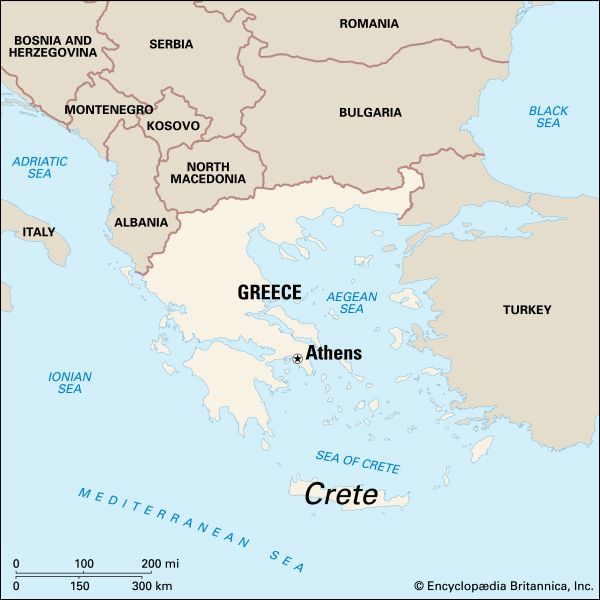

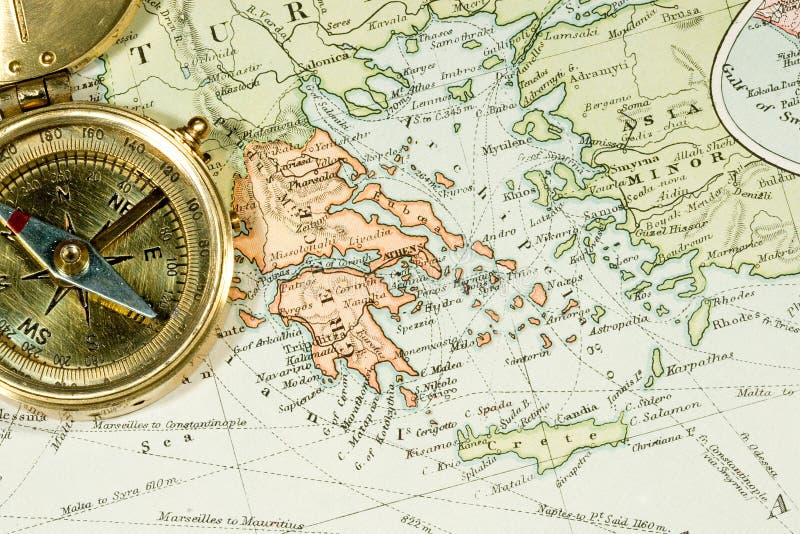
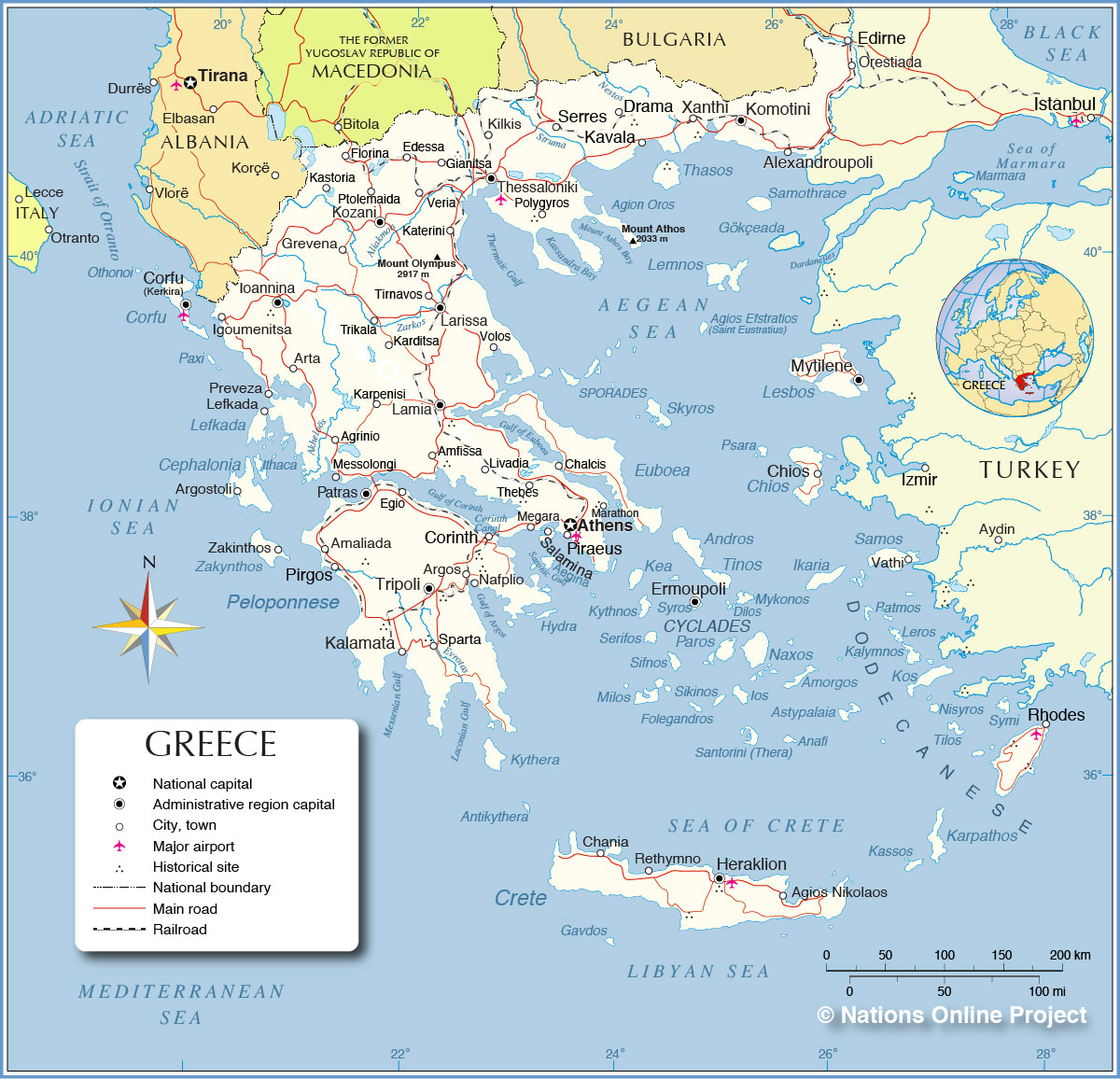
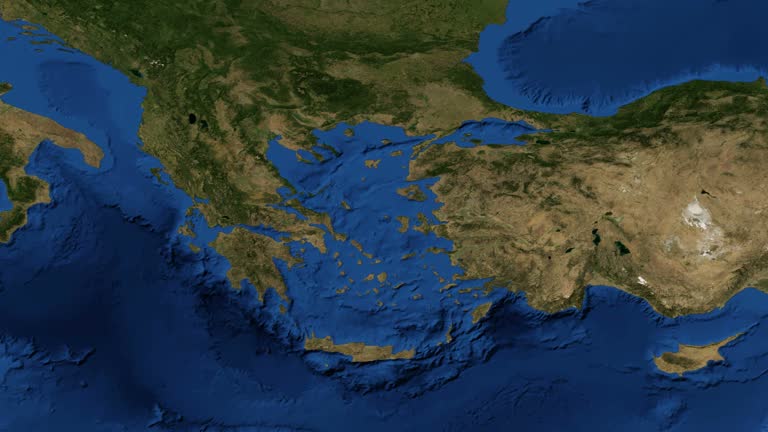
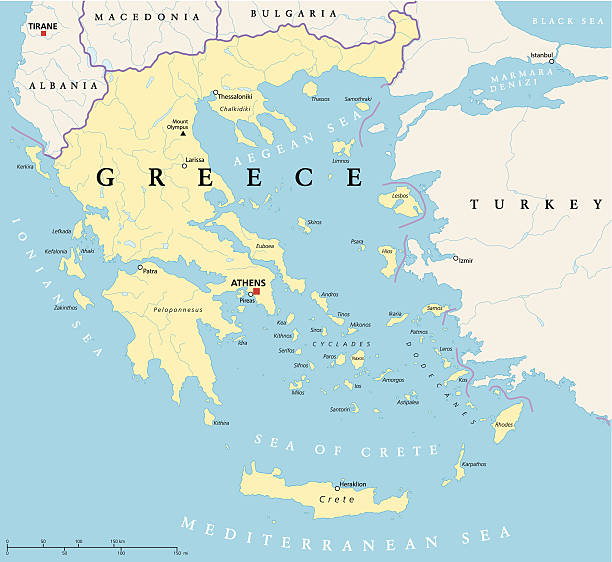
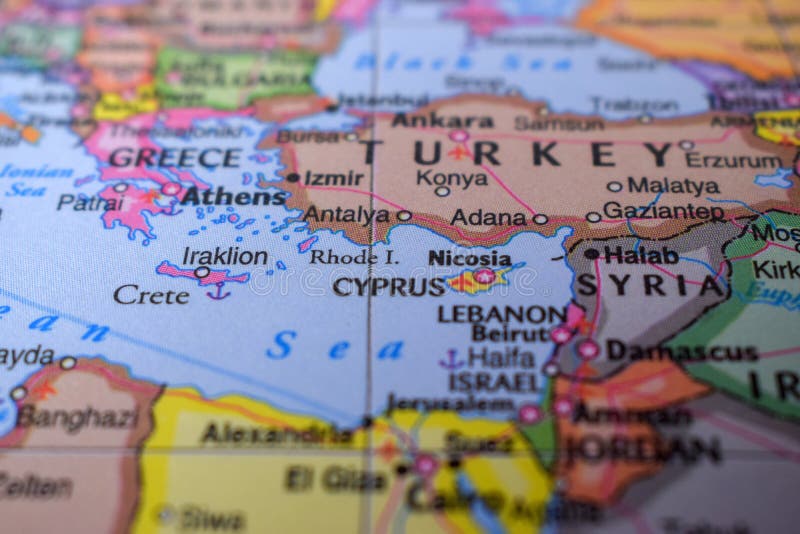

crete on world map
The physical characteristics of Crete are diverse and unique, ranging from high mountains to fertile plains, gorges, rivers, and lakes. The island is rich in natural resources such as olive trees, grapevines, citrus fruits, vegetables, and herbs. Additionally, there are valuable minerals such as chromite, asbestos, and gypsum.
The climate of Crete is classified as a Mediterranean, with mild winters and hot summers. Due to the island’s position, the climate can vary from region to region. Coastal areas experience refreshing sea breezes, while inland areas can be hotter and drier. The weather is one of the main reasons why Crete is a renowned tourist destination.
Crete has a rich and diverse history dating back to Neolithic times. The island was inhabited by several civilizations ranging from the Minoans, the Mycenaeans, the Romans, the Byzantines, and the Venetians, among others. The most significant civilization that left an indelible mark on Crete was the Minoan civilization, which flourished from about 2700 BC to 1450 BC. They were known for their exceptional art, architecture, and maritime trade. Many of the Minoan ruins such as the Palace of Knossos, Gortyna, and Phaistos, are still intact and attract visitors from around the world.
Crete’s cultural heritage is also closely linked to Greek mythology. The island is believed to be the birthplace of the Greek god Zeus, who was born in a cave on Mount Ida, the tallest summit in Crete. Other gods and heroes who have links to Crete include the goddess Athena, the Minotaur, and Daidalos, the mythical architect who built the Labyrinth.
Today, Crete is a popular tourist destination attracting millions of visitors every year. The island has many cities and towns that offer an exceptional base for exploring the wonders of the island. Some of the famous places include the capital city of Heraklion, Chania, Rethymno, and Agios Nikolaos. These cities offer diverse accommodation options, dining choices, and nightlife.
Crete has many beaches, both sandy and pebbled, that offer breathtaking views of the sea. Some of the popular beaches include Elafonisi, Balos, Falassarna, and Vai. These beaches are renowned for their crystal-clear waters, scenic surroundings, and water sports activities.
Apart from its natural and historic attractions, Crete is known for its unique cuisine and products. Cretan cuisine is reflective of the island’s geography, climate, and traditions. Some of the typical dishes include Dakos, a kind of bruschetta with tomato and feta cheese, and Kalitsounia, savory or sweet cheese pies. Cretan olive oil, wine, and honey are among the most exceptional products that visitors can take back home as souvenirs.
Crete’s economy is mostly based on agriculture, tourism, and manufacturing. The island has a vibrant agricultural sector that produces high-quality olive oil, cheese, wine, and horticultural goods. Tourism has also been a significant contributor to the economy, with millions of visitors coming every year. Finally, Crete’s manufacturing sector is also significant, with the production of textiles, food, machinery, and medical equipment.
Despite its many achievements, Crete still faces several challenges and opportunities. One of the most significant challenges is environmental degradation resulting from unsustainable practices such as overuse of water, pollution, and loss of biodiversity. Additionally, political and economic issues such as inefficient transport systems and high unemployment rates are also affecting the island’s infrastructure. However, there are opportunities for sustainable development, especially in the tourism industry. Crete has the potential to attract even more visitors, increase revenue and create employment opportunities in various sectors.
In conclusion, Crete’s location on the world map, its physical characteristics, rich history, and unique culture make it a fascinating destination for tourists and scholars alike. The island abounds with natural wonders, ancient ruins, and opportunities for rest and relaxation. Despite its challenges, Crete continues to evolve and thrive, fostering sustainable growth and development for the future.
FAQs:
1. What is the best time to visit Crete?
Ans: The best time to visit Crete is during the months of May to October when the weather is warm and sunny.
2. Are there direct flights to Crete?
Ans: Yes, several airlines offer direct flights to Crete from various cities in Europe.
3. What is the currency used in Crete?
Ans: The currency used in Crete is the Euro.
4. Is Crete safe for tourists?
Ans: Yes, Crete is generally safe for tourists, but visitors should exercise caution when traveling around the island, especially at night.
5. What are the must-see attractions in Crete?
Ans: The must-see attractions in Crete include the Palace of Knossos, Balos Lagoon, Samaria Gorge, and Elafonisi Beach.
Keywords searched by users: crete on world map ancient crete map, google map crete, map of crete resorts, best map of crete, map of crete beaches, tourist map of crete, detailed map of crete, elounda crete map
Tag: Update 42 – crete on world map
Physical Geography of Greece, Map of Greece, Greece Map, Greece Physical Features/Facts about Greece
See more here: khoaluantotnghiep.net
Article link: crete on world map.
Learn more about the topic crete on world map.
- Your Guide to Crete Including Maps, Weather, and Things …
- Crete – Wikipedia
- Santorini or Crete – Where to Go, What to Do
- Geography of Crete island, Greece – Greeka
- 10 Best Things to Do in Crete – What is Crete Most Famous For?
- Map of crete hi-res stock photography and images – Alamy
- Crete – Wikipedia
- Crete – Google My Maps
- Greece Map and Satellite Image – Geology.com
- Crete Island – Google My Maps
- Sea of crete on the world map vector illustration – Freepik
Categories: khoaluantotnghiep.net/wikiimg